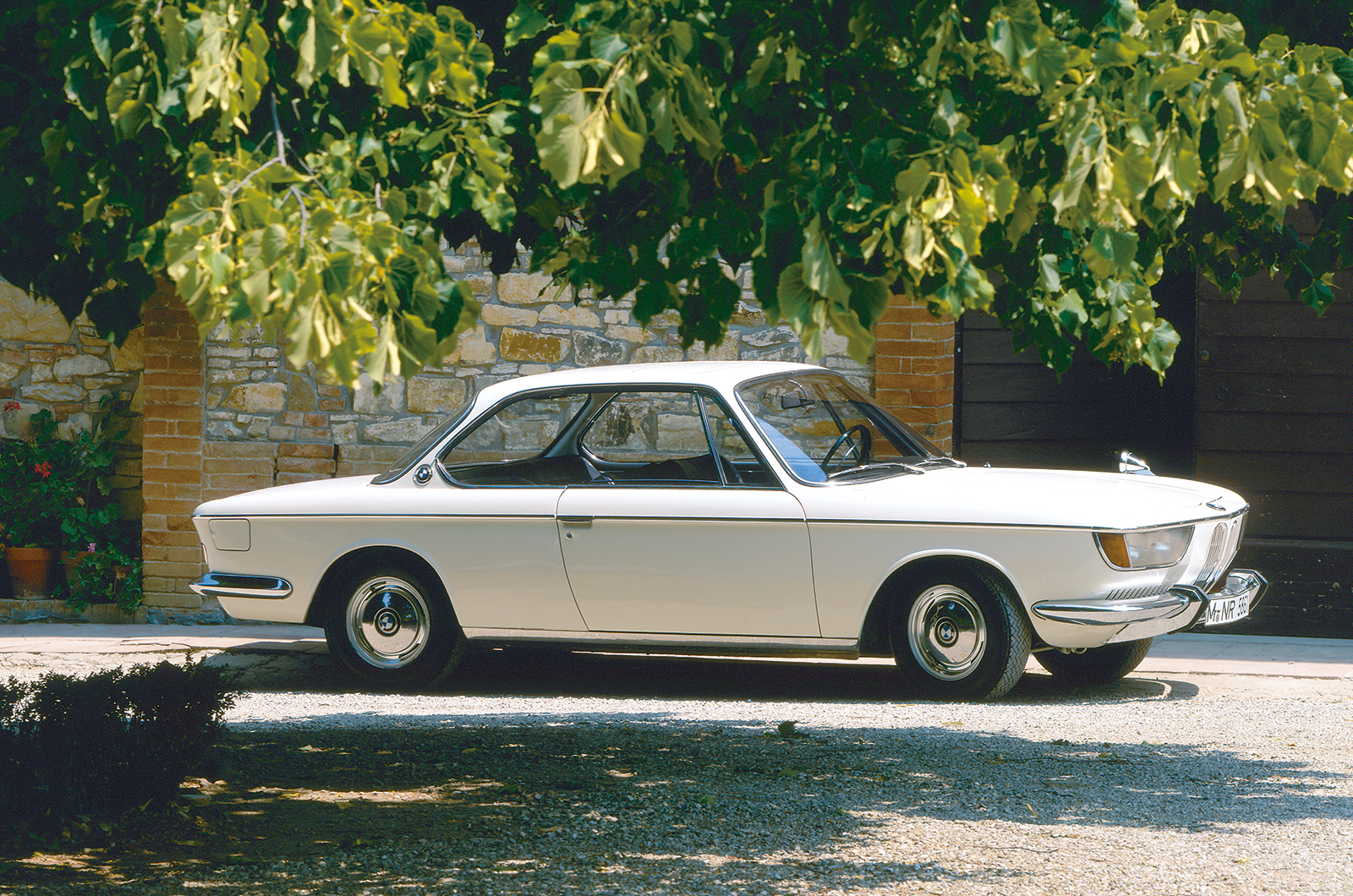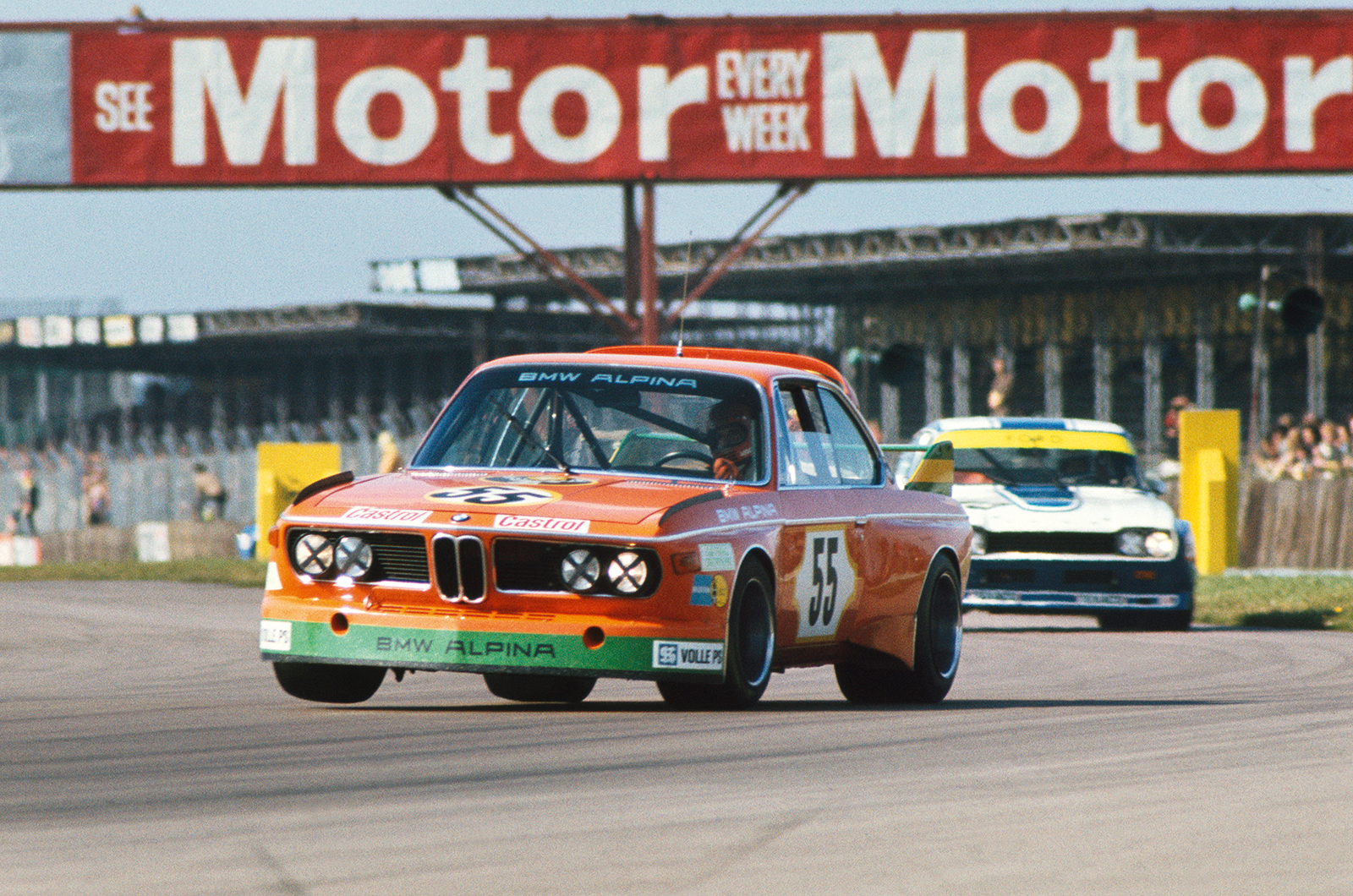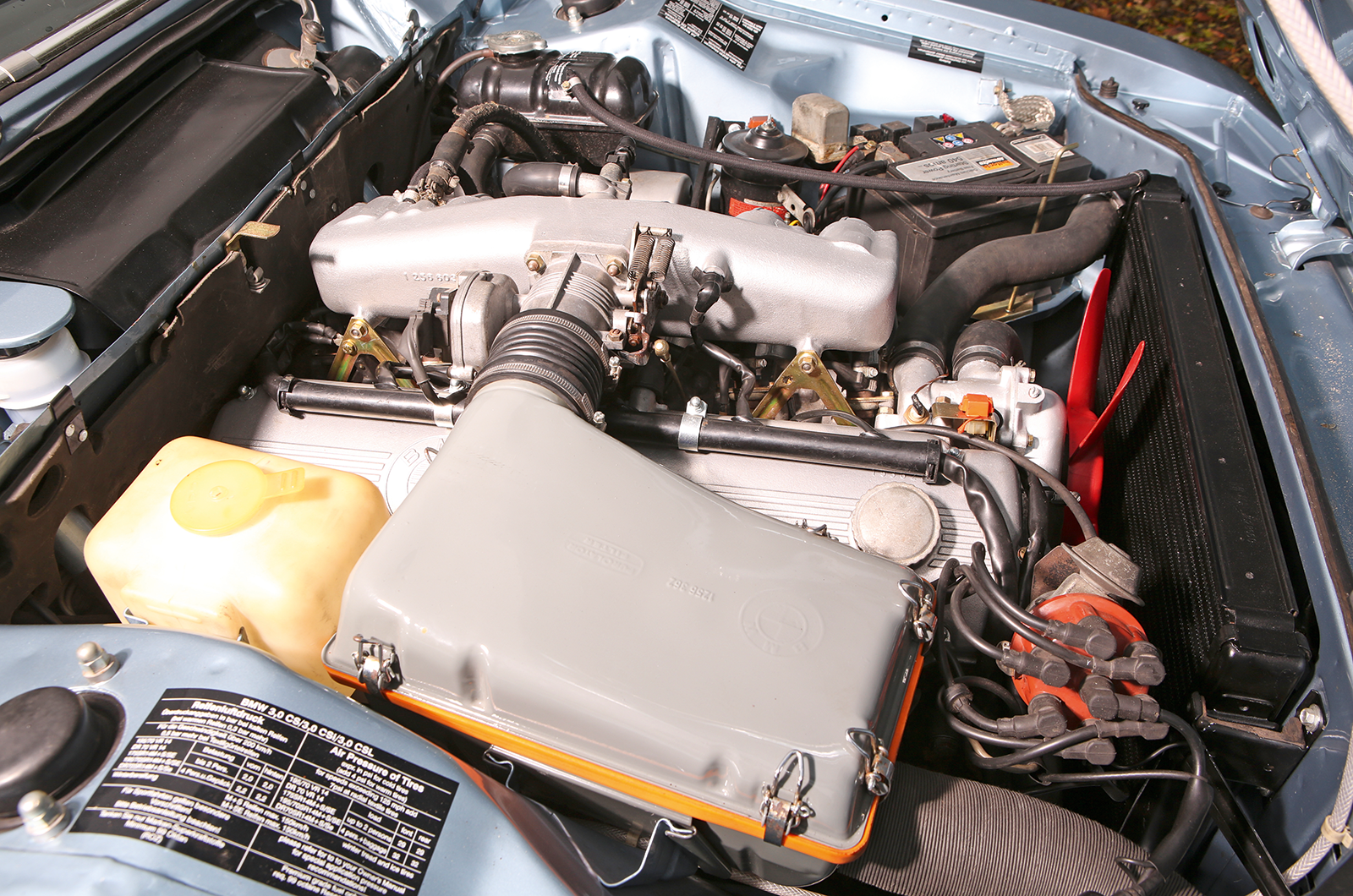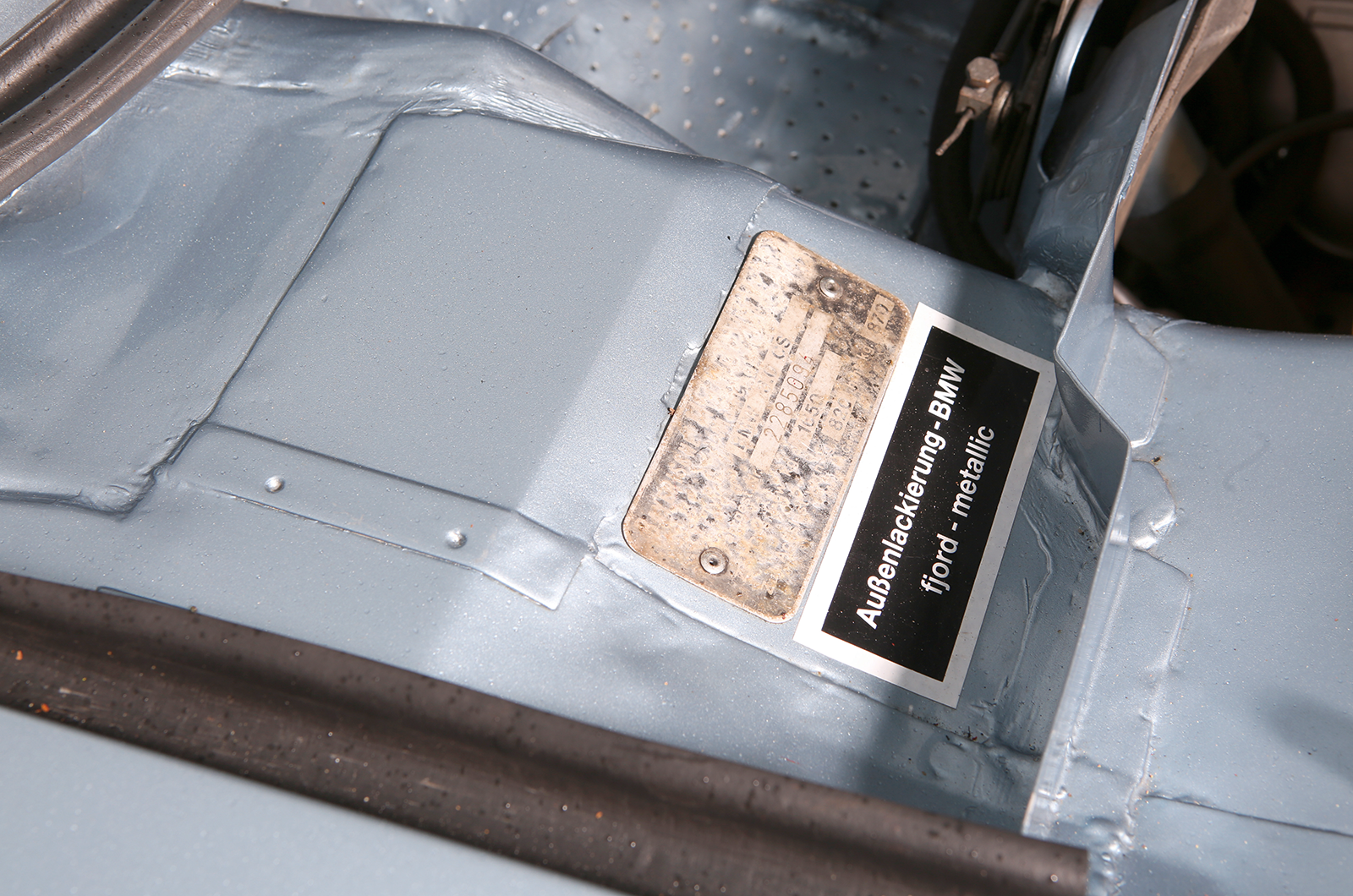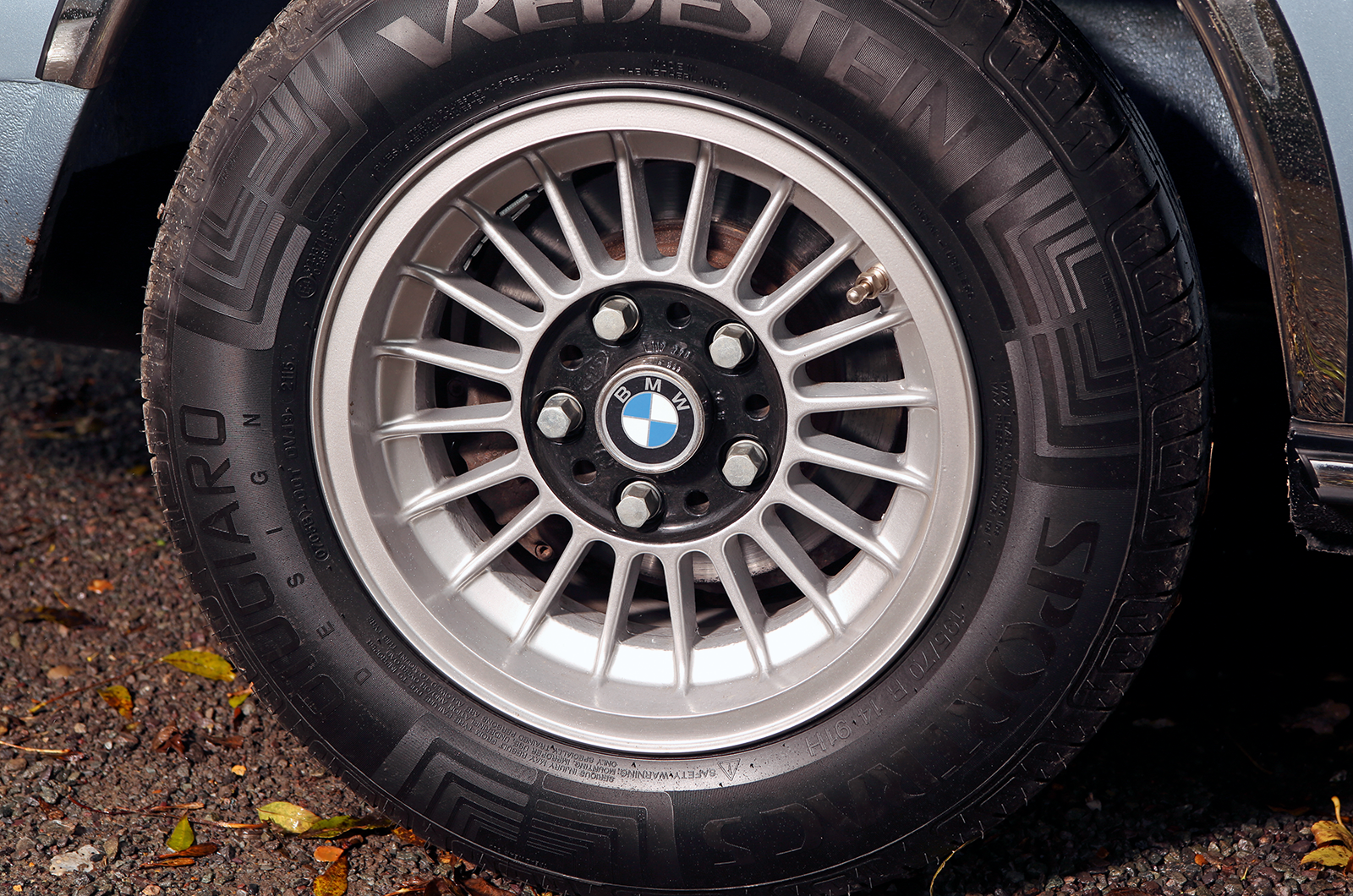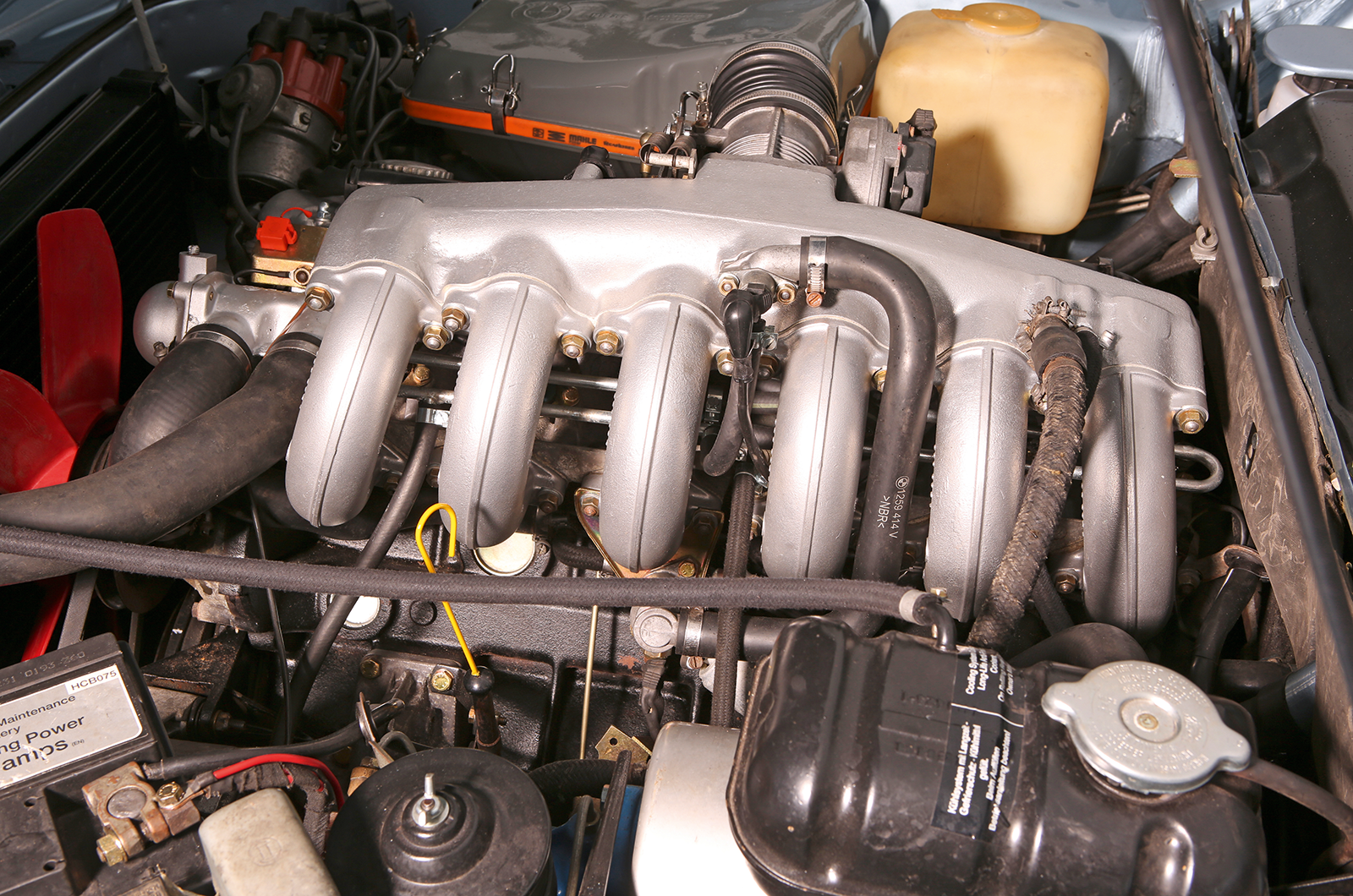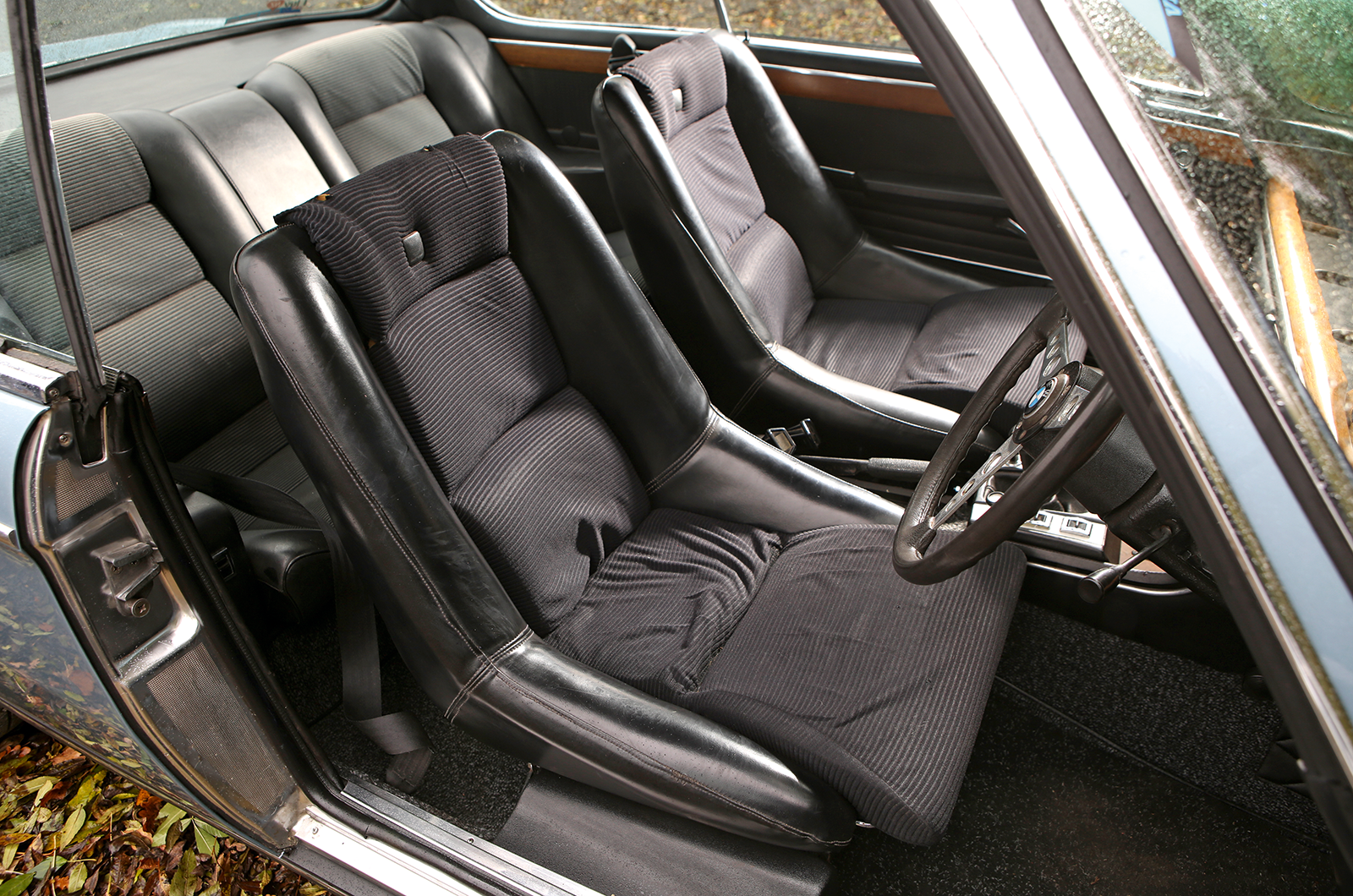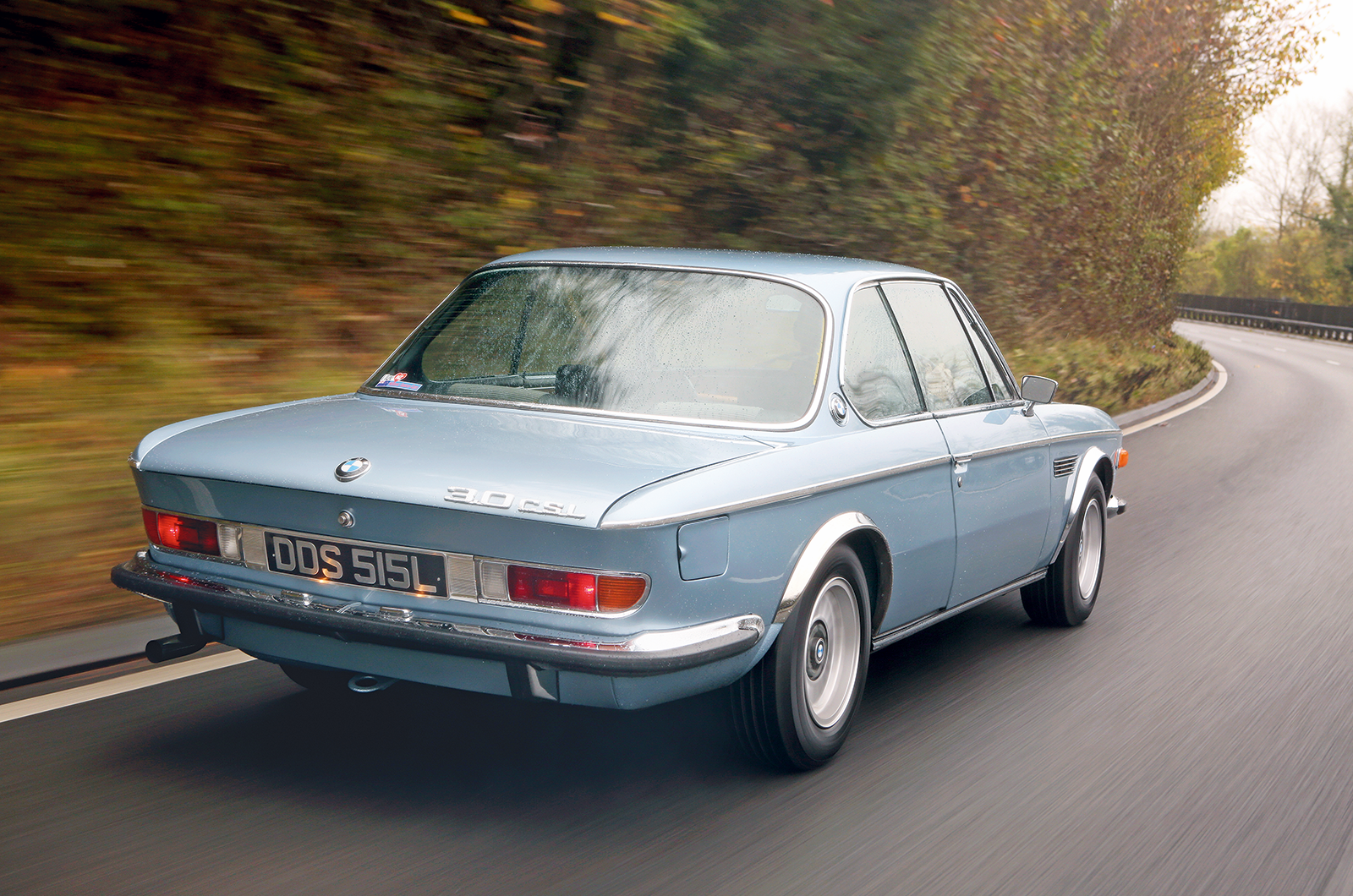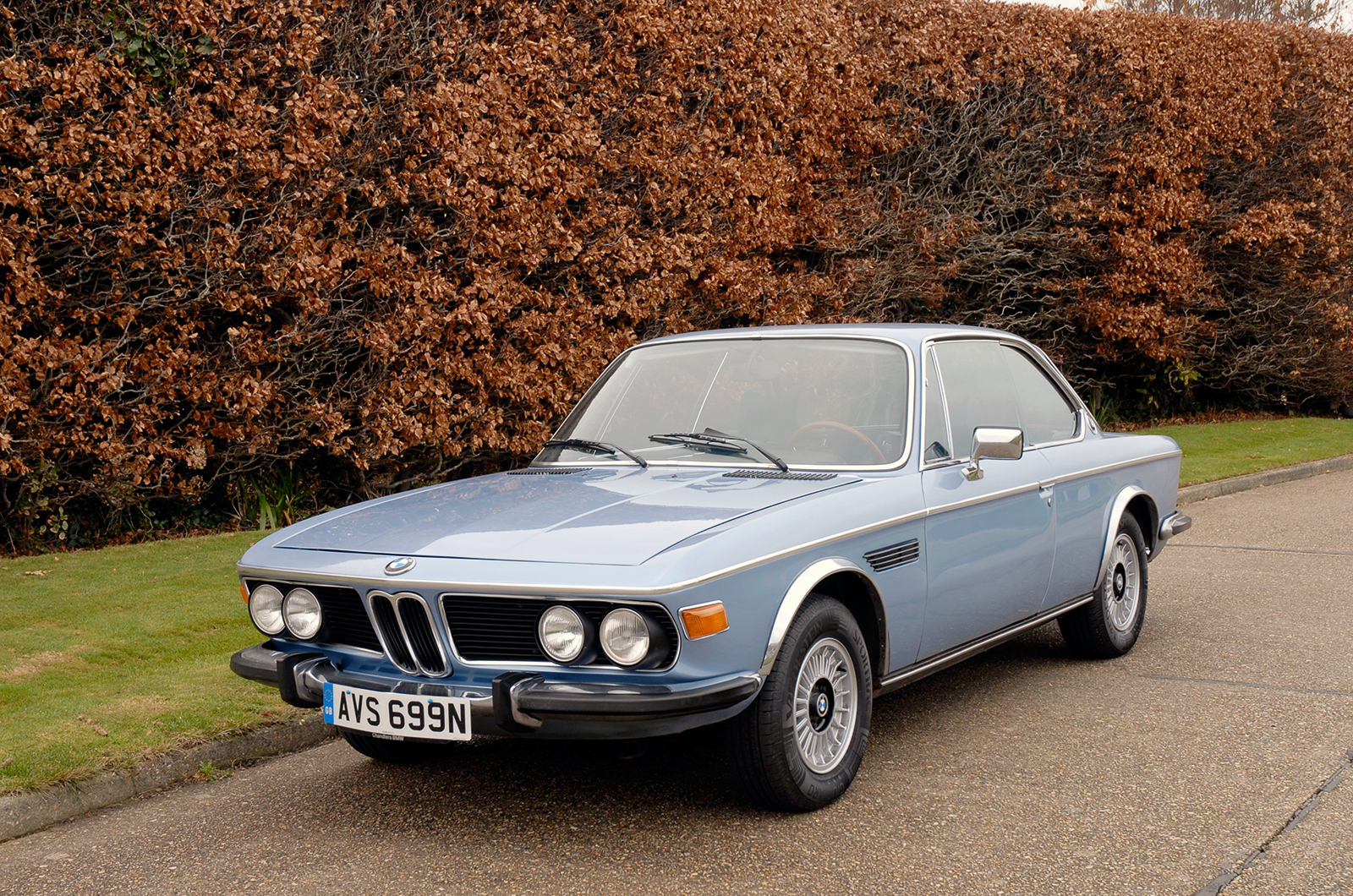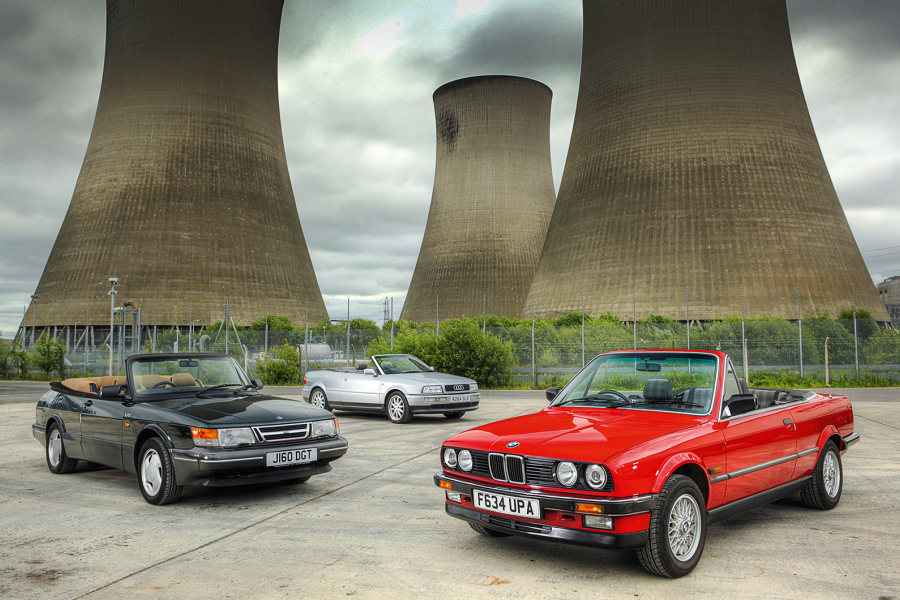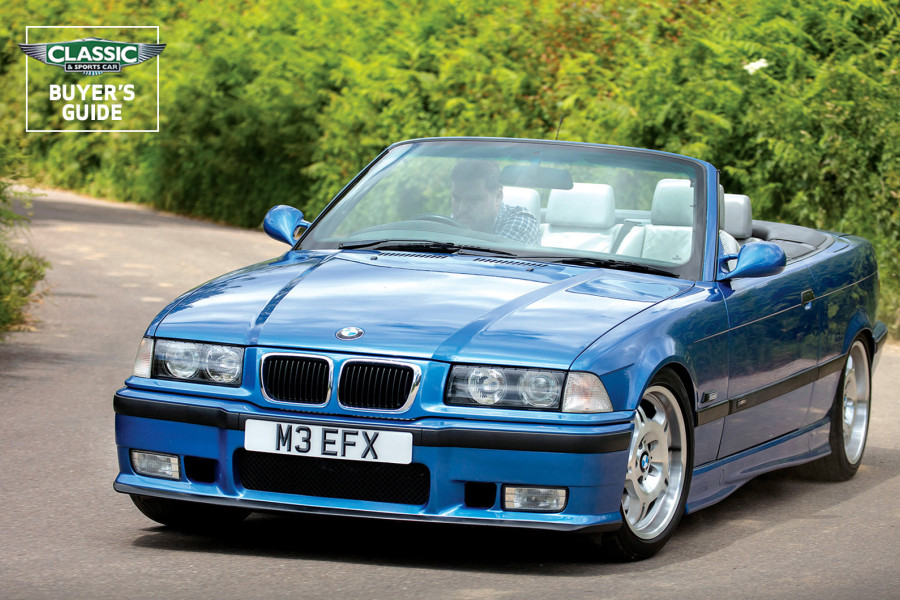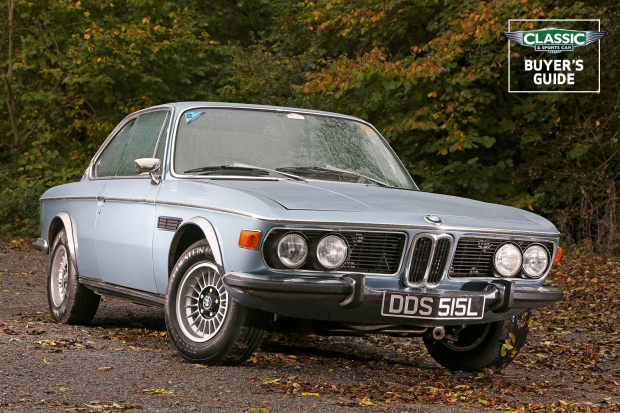
Why you’d want a BMW E9 coupé
BMW was on a roll in the 1960s, introducing bigger, more sophisticated models. Its recovery began with the 700, followed by the sporty Neue Klasse saloons. For the NK coupés, the 2000 C/CS of 1965, design chief Wilhelm Hofmeister and Manfred Rennen took their cues from the Giugiaro-penned 3200 CS. The shape was deftly facelifted on a longer wheelbase to become the E9, launched as the 2800 CS in ’68.
At full capacity making mainstream saloons, BMW decided to have the low-volume coupés built by Karmann. The E9 CS was nicely finished and expensive – indeed, the 3.0 CSA cost more in the UK than an Aston Martin DBS or a Jensen Interceptor. Good though build quality and equipment levels were – there was even a drop-down tray full of tools and spares in the panelled bootlid – under the skin the news was not so good. Karmann’s rust protection was minimal.
Values fell to rock bottom in the 1980s when many cars were neglected. Finally the rare, homologation-special CSL began to attract attention. Just 1265 were made, using thinner steel throughout, plus aluminium bonnet, bootlid and doorskins. It is now highly collectable, the ultimate being the 3.2-litre ‘Batmobile’.

